It Takes a Village: The Importance of Metis for Metrics
A question we get asked often at BRCK Education is about data supporting the effectiveness of our work. Potential customers, donors and investors want to know what metrics we use and have to verify that the Kio Kit improves learning outcomes.
The truth is that the Kio Kit doesn’t have any impact on learning. The Kio Kit without education content is just really cool hardware. The metrics buck really stops with our digital content partners and teachers. Whether a school/teacher decides to use the Kio Kit to teach literacy using the Tusome, eLimu or Jolly Phonics content is what might determine the learning outcomes at that school.
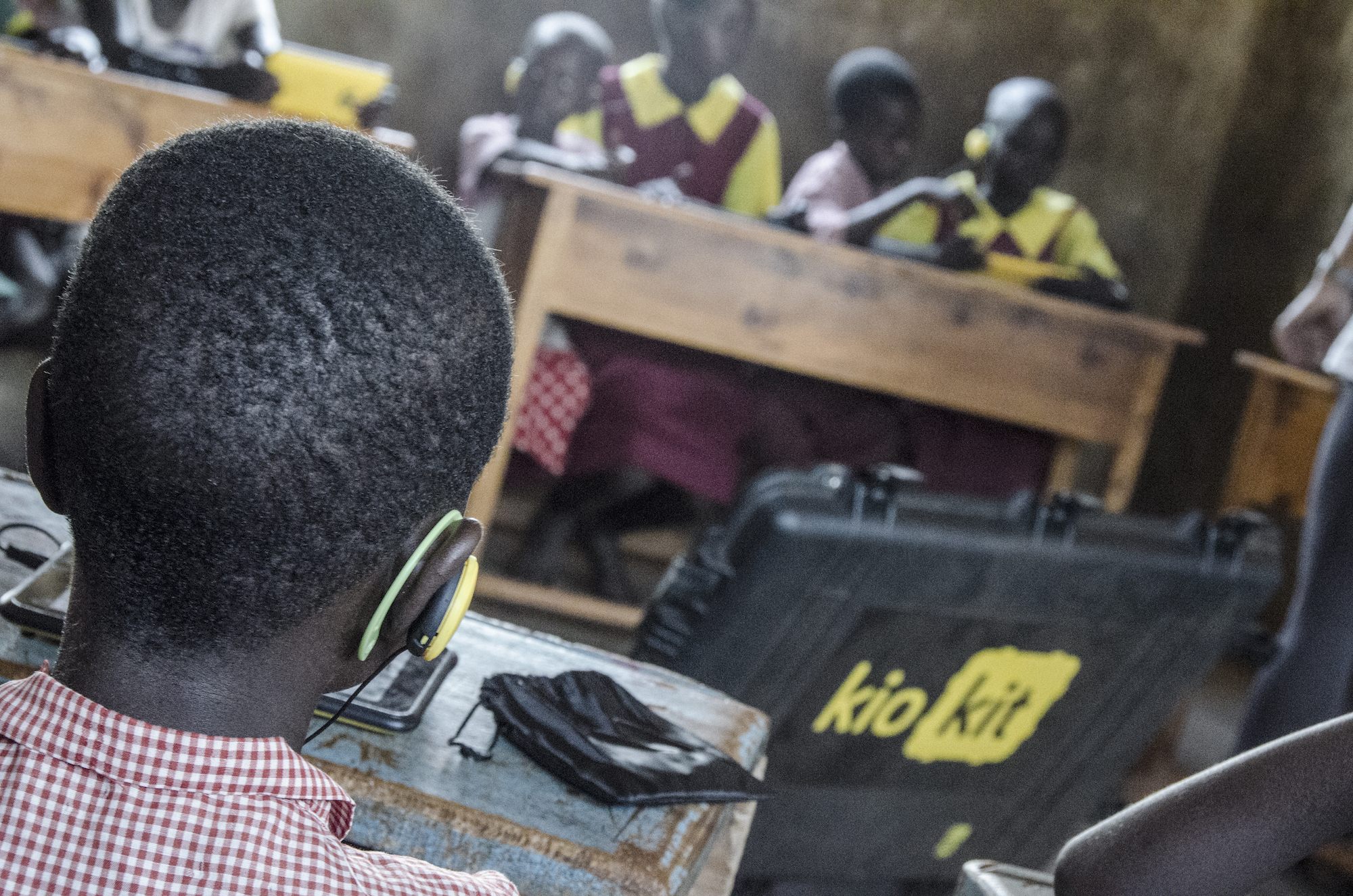
The Kio Kit is not at all prescriptive in how we expect all teachers to use it in class. We believe that the Kio Kit is a toolbox with several tools inside it. Which tool is used, when it is used and how it is used should remain the decision of the person who knows the students best: their teacher. In some cases, we have curated a collection of standard content, but when we deploy Kio Kits to the Solomon Islands or Mexico, we have no say in what content the kids there will consume and interact with.
But metrics are important. It is important Kenyan primary schools talk about the KCPE results. It is important that we know literacy levels of students. They say numbers don’t lie, but we all know people who lie have used numbers. If there’s a measurable school reform intervention that worked in inner-city DC, it does not mean it will work in Samburu. This is where metis plays an important role.
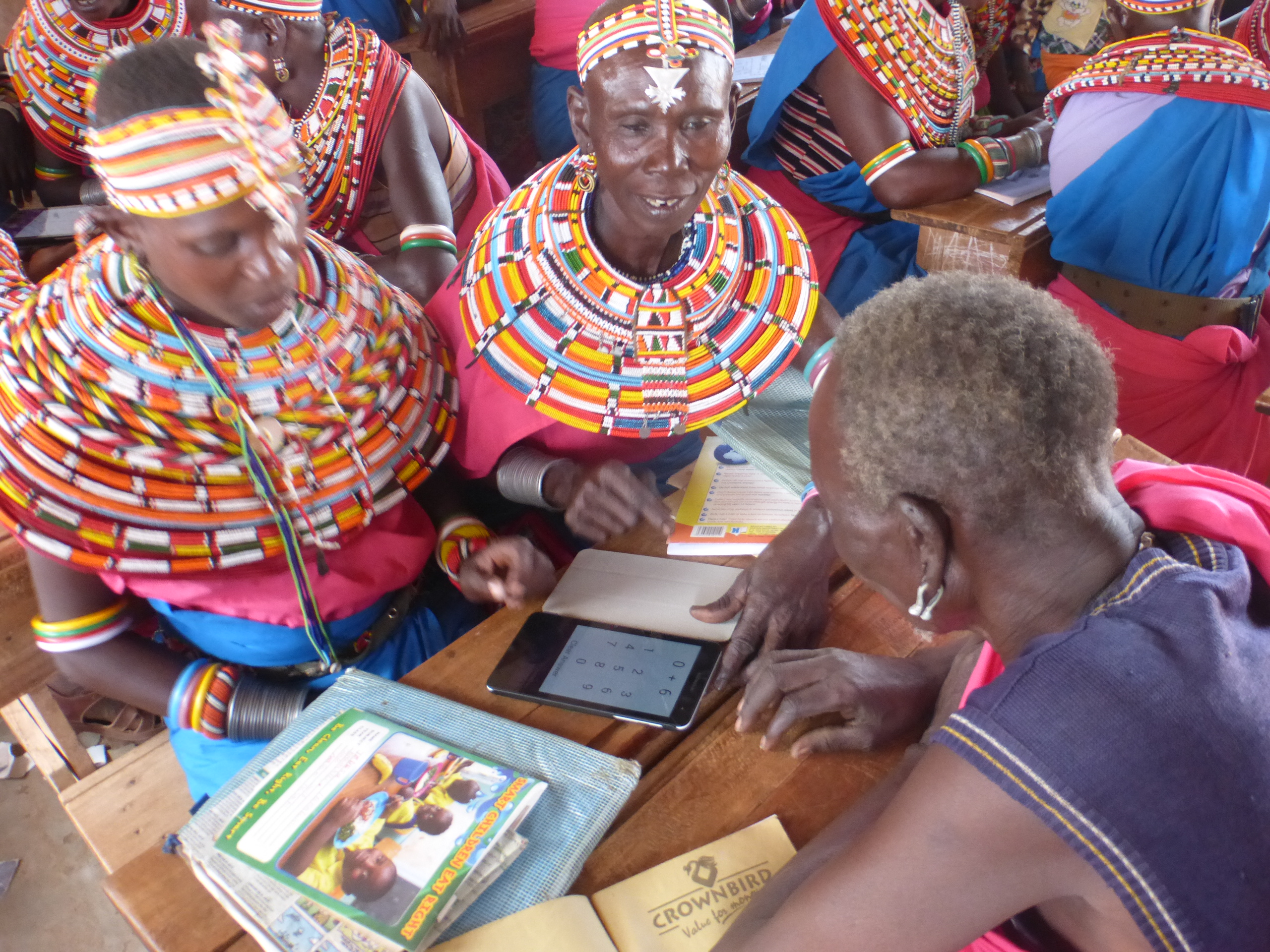 It is not just children who go to the school
It is not just children who go to the school
In Greek mythology, Metis was the personification of deep thinking, knowledge and wisdom. The Kiltamany expedition was 7 days without running water or electricity; a school in the middle of nowhere, forgotten by the government, politicians and most.
Some of the challenges we observed while we were there:
-
4 teachers and 1 headteacher were allocated by the Teacher Service Commission to this school with 8 classes.
-
Teachers were from Meru, Archer’s Post, Nairobi. Most were not happy about being posted to such a remote school, far from friends, family, amenities and a social life.
-
Teachers were not tied to the local people in any way.
-
Teachers were often absent and sometimes drunk during class.
-
Most classes we observed during our time there did not have a teacher present
-
Students were also often absent. Parents viewed school (especially with such teacher absenteeism) as a waste of time – taking care of the goats was a better alternative.
- Teachers were demoralized by the absenteeism of students, especially the smart girls who were married early.
- Teachers were demoralized by their low pay and were often seen taking calls during class to “side hustle.”
- By 11am, it becomes unbearably hot, effective learning and concentration become near impossible.
- If the borehole of the village dries up, children are sent to get water for lunch from elsewhere. One day, the children waited till 4pm for lunch – for many it was the only meal they would eat.
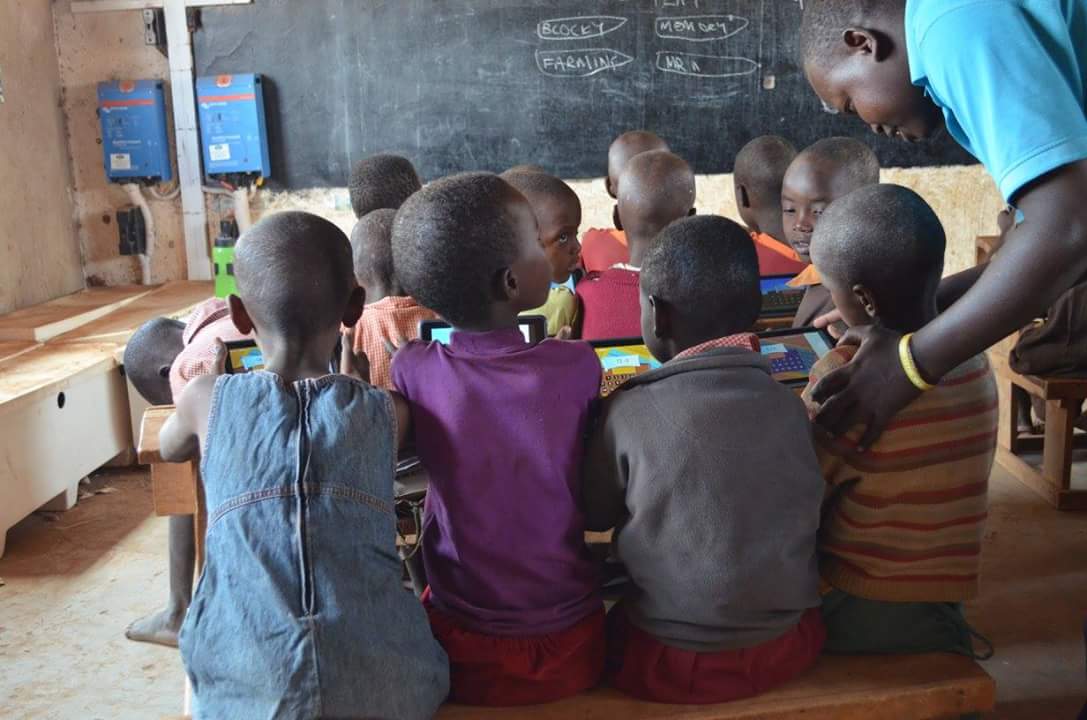
Some of the challenges were surprising, others are pervasive everywhere in Kenya. What learning from metrics can we apply in a school like this? What we saw working in the school were some excellent instances of local knowledge and community leadership: metis.
Meet Sylvester Lengamunyak, an amazing example of metis. If anyone knows what is needed to transform Kiltamany Primary School, Sylvester does. If anyone is able to connect the dots and make those things happen, he is. If anyone is able to bring all the right stakeholders together, he is.
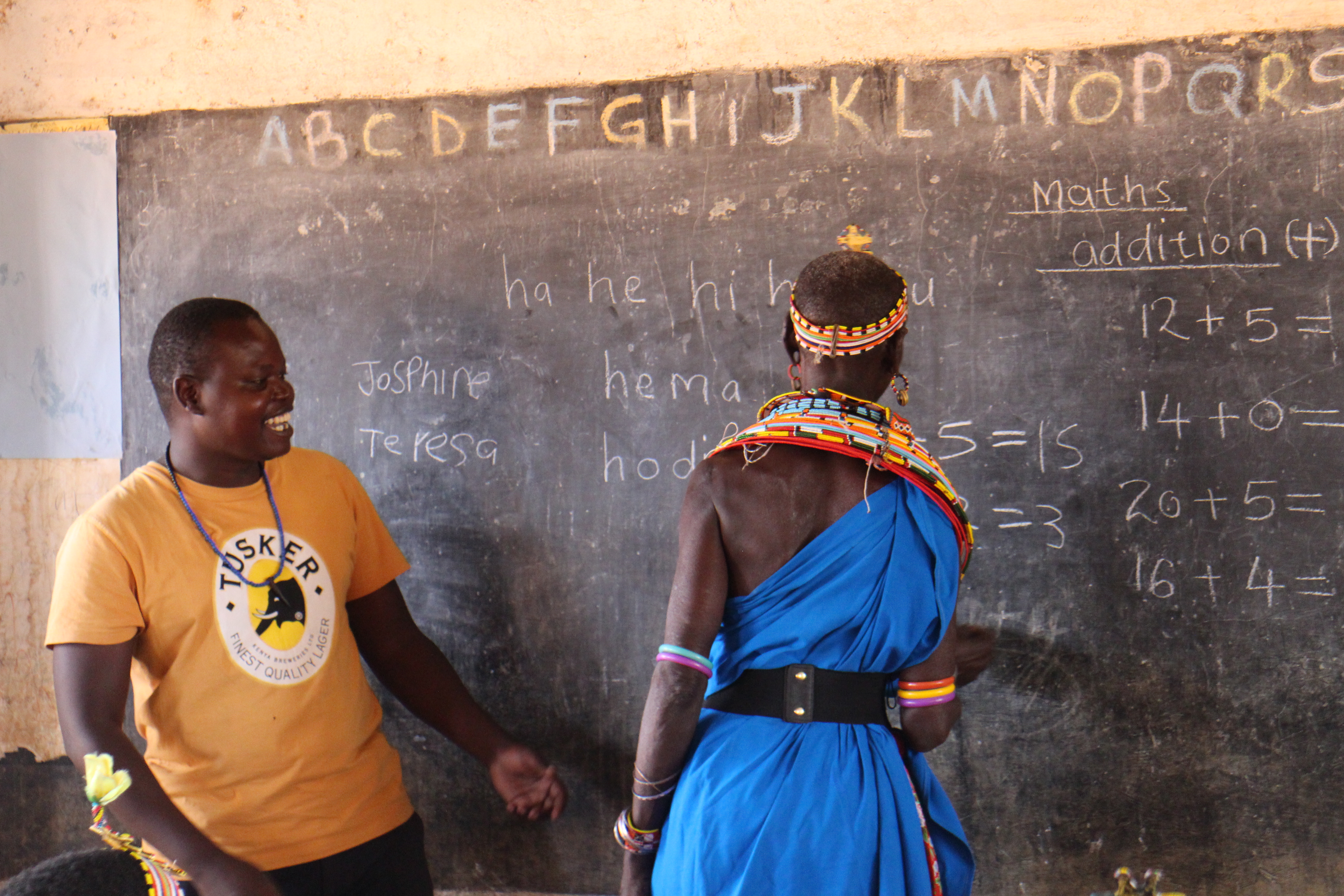 Sylvester (L) is also a teacher!
Sylvester (L) is also a teacher!
While were there, we saw Sylvester:
- Call a meeting of village elders, the school Board of Management and the teachers to agree on the way forward. Each group stood up and owned responsibility of what they needed to do. These agreements were written and signed by all.
- Organize for water to be fetched from Intrepids Tented Camp when the borehole was dry. He had a good relationship with the kind manager there, they also sold us some diesel and checked our tires.
- Organize for boda rides for teachers, volunteers, patients and visitors.
- Organize for 40 women to have literacy and numeracy classes 3 times a week. This involved approval of the elders, their husbands and the school for the facilities.
Deep local knowledge, empathy, passion and purpose are the things that bring people like Sylvester, content like eLimu’s and hardware like the Kio Kit together. It takes a village to gather their collective strengths and knowledge, to strategize and work together to build a culture of genuine teaching and learning.
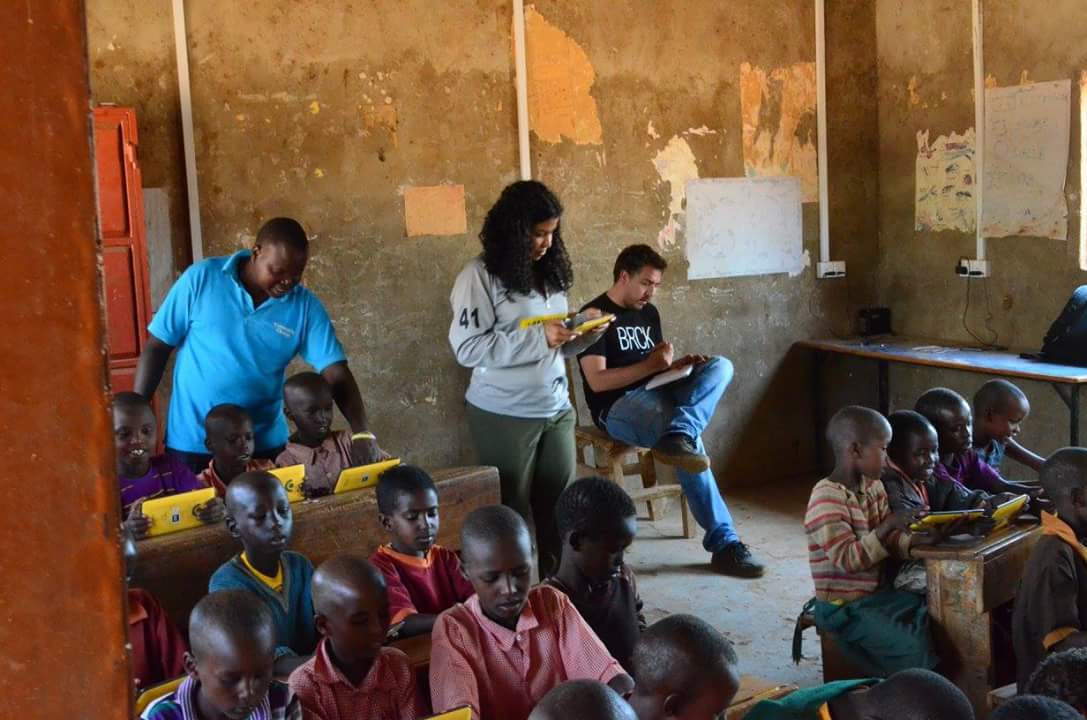 L-R: Sylvester, Nivi, Edoardo. An important lesson from Samburu: the best herders are at the rear of their flock.
L-R: Sylvester, Nivi, Edoardo. An important lesson from Samburu: the best herders are at the rear of their flock.
Recommended reading: “Metis and the Metrics of Success” by Ernesto J. Cortes Jr.